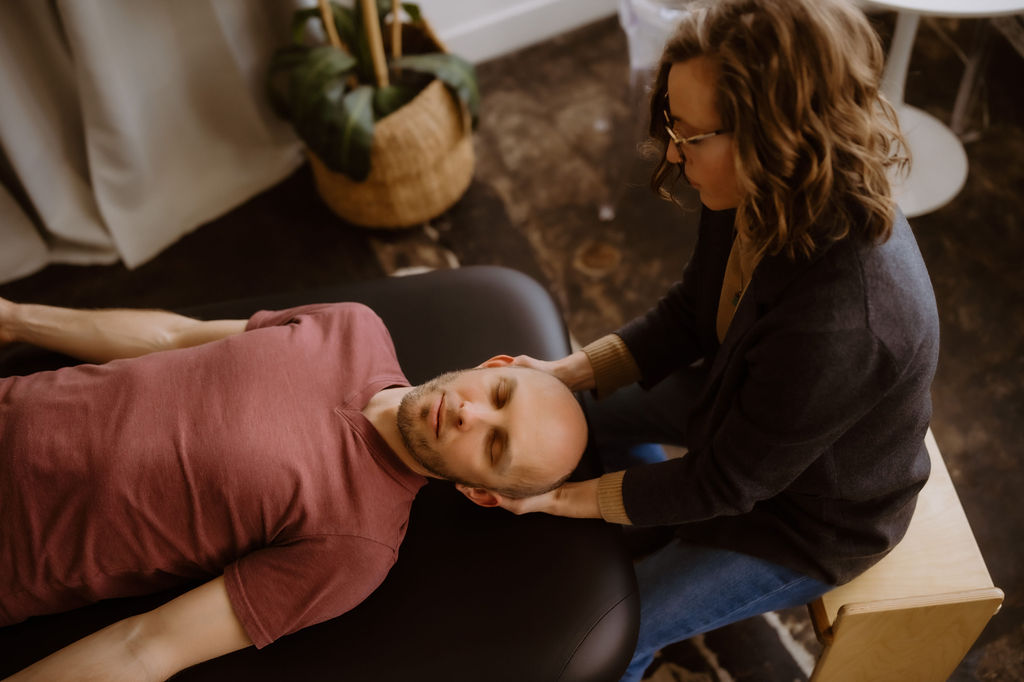No. Unlike massage, Rolfing is not about relaxing muscles or working on just one “problem” area. In Rolfing, we are interested in seeing patterns in the body that create postural difficulties, pain and limited mobility. Rolfing uses a systematic approach to explore the relationships between the patterns and, how they present throughout the whole body. Another key difference is that Rolfing specifically works with the connective tissue (fascia), not just the muscles of the body. One of the most important differences, to me as a practitioner, is that Rolfing is an educational experience for the client. Movement education opens the door to new options that a client may incorporate into their life, outside of a Rolfing session.

Certified Advanced Rolfer®, LMT, RYT, Certified SATYA Instructor